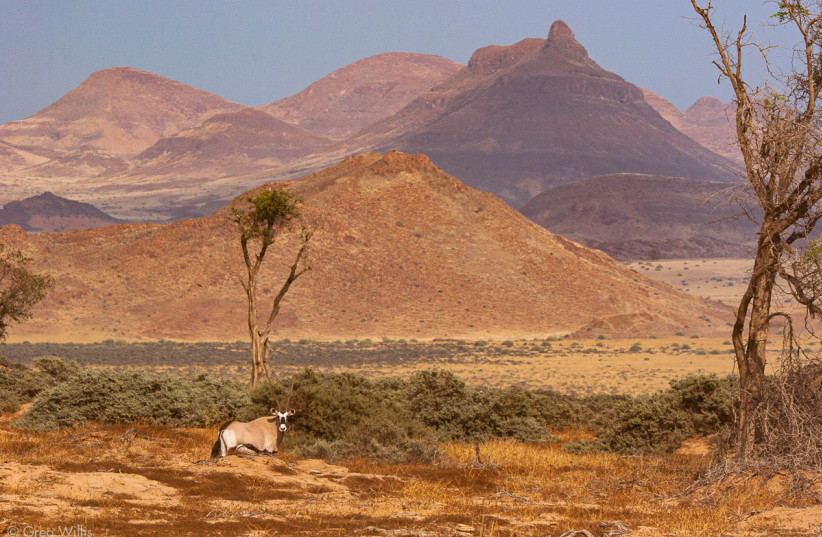The Stone Age inhabitants of Namibia were so skilled at carving human and animal footprints that modern-day Indigenous trackers can tell exactly which species they were depicting.
Engravings of animal tracks and human footprints appear in numerous traditions of prehistoric rock art around the world and many of these engravings can be found in Namibia.
The African country contains a wealth of hunter-gatherer rock art from the Later Stone Age with many engravings of animal and human tracks that are so detailed they are recognizable today.
In a new study, researchers enlisted the help of Indigenous tracking experts from the Kalahari desert to analyze animal and human footprints in rock art in the Doro Nawas Mountains in central Western Namibia.
“Namibia's rock faces contain numerous Stone Age depictions of animals and humans, as well as human footprints and animal tracks. Until now, the latter have received little attention because researchers lacked the knowledge to interpret them,” said the authors of the study.

What was discovered in the engravings?
Out of 513 engravings from Later Stone Age rock art, the experts were able to identify 345 quadrupeds and 62 bird tracks, 106 human, and 407 animal from 40 different species.
They identified 40 different species, with animals such as giraffes, kudus, springboks, guinea fowls, and white and black rhinos being the most common. Other animals such as African wildcats, baboons, blue wildebeest, and buffalos, were featured but less common. A single cheetah print was also found in the collection.
The experts were able to define the species, sex, age, and even the exact leg of the animal or human print in over 90% of the 513 engravings they examined.
“Archaeologists from the Friedrich-Alexander University of Erlangen-Nürnberg and the University of Cologne in Germany, together with indigenous trackers from the Nyae Nyae Conservancy in Tsumkwe, Namibia, have now examined several hundred of the tracks in more detail and discovered surprising details,” the study reads.
“The tracks cover a wider range of animal species than in conventional animal depictions and differentiated cultural patterns emerge in the representation of the various species.”
